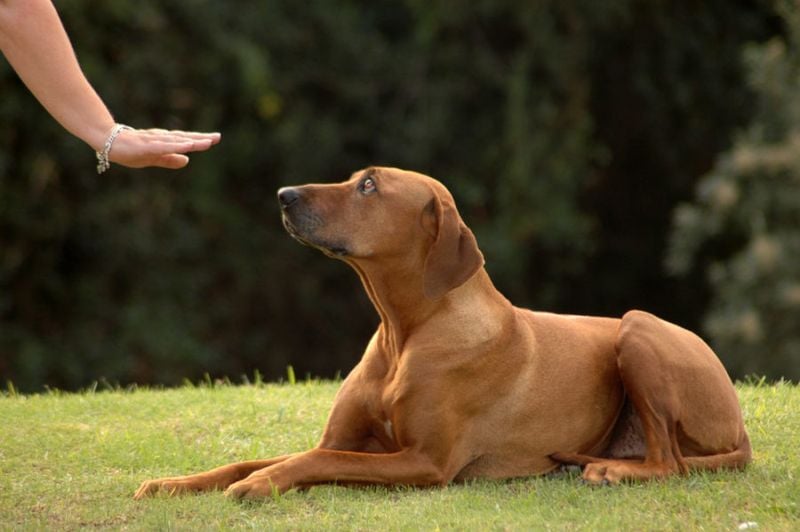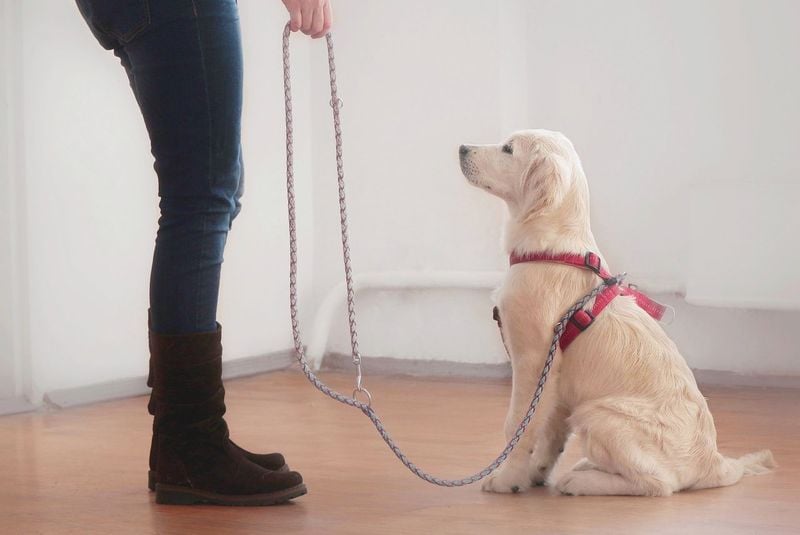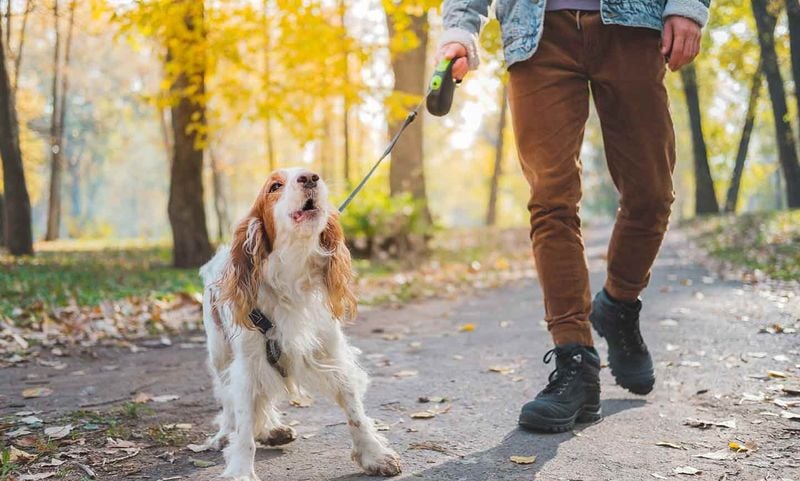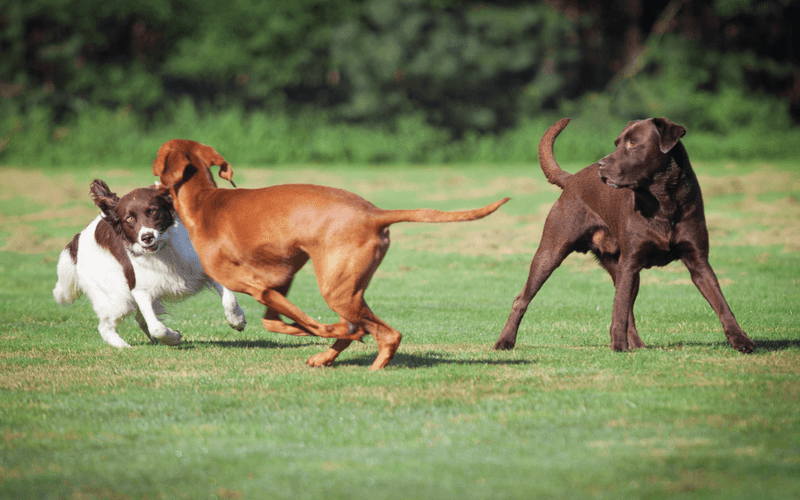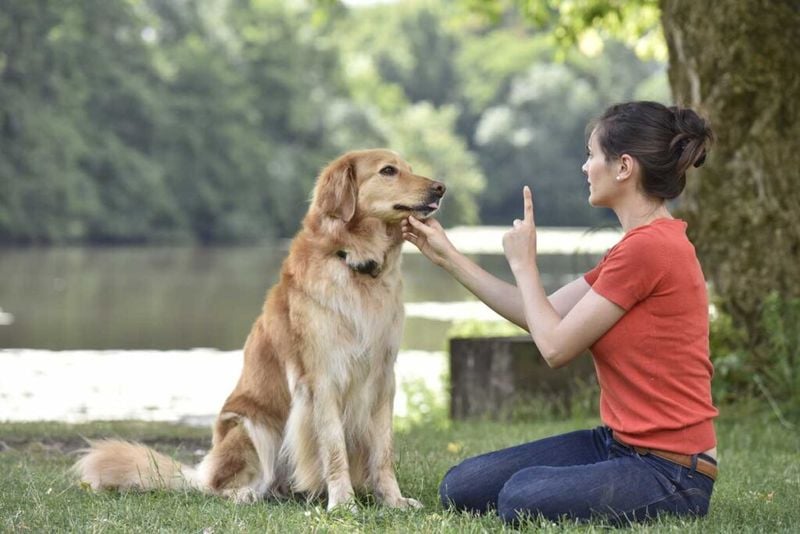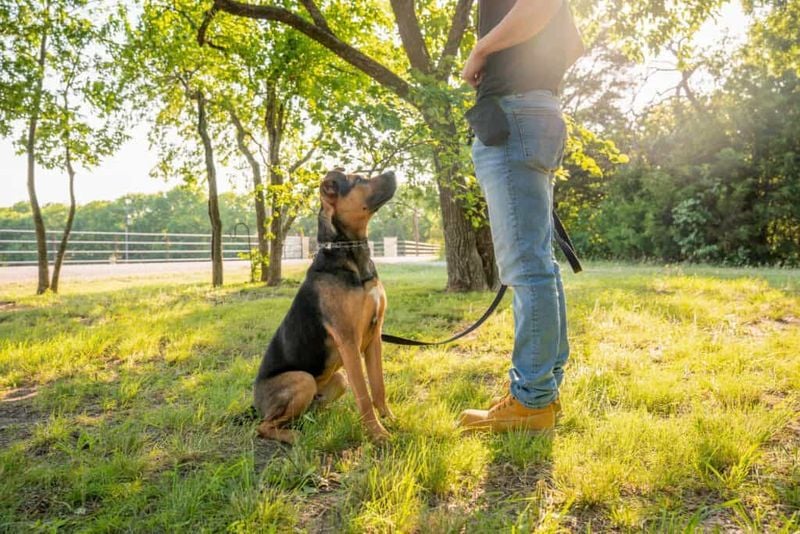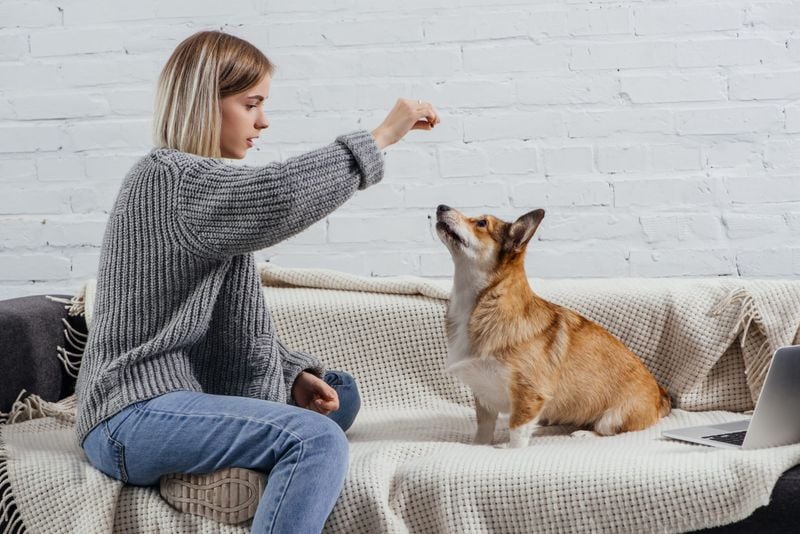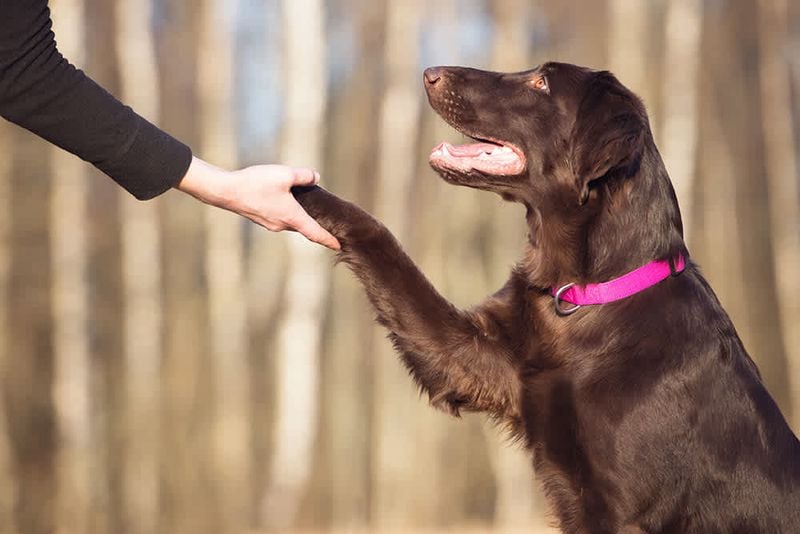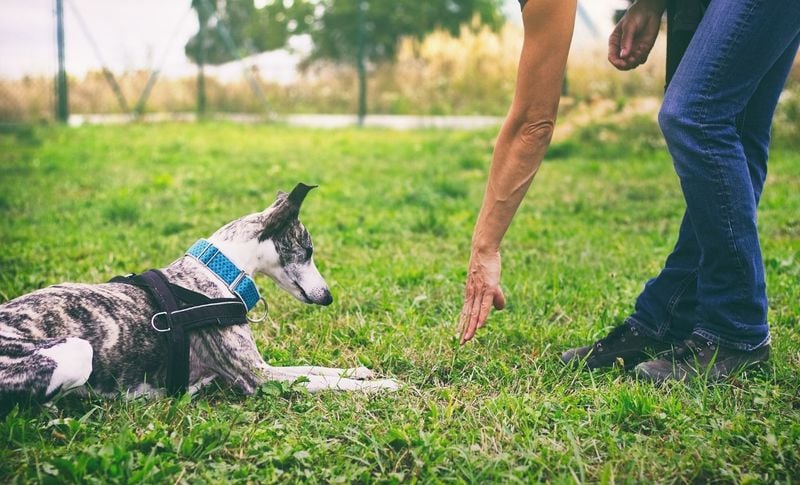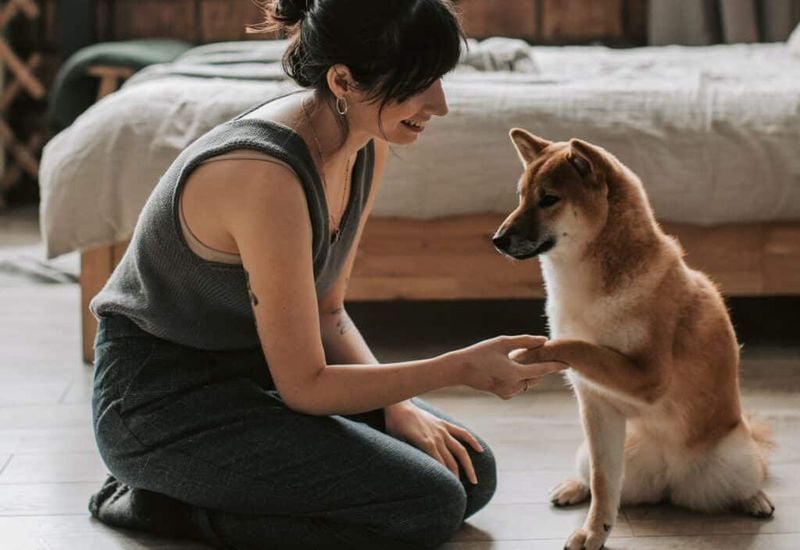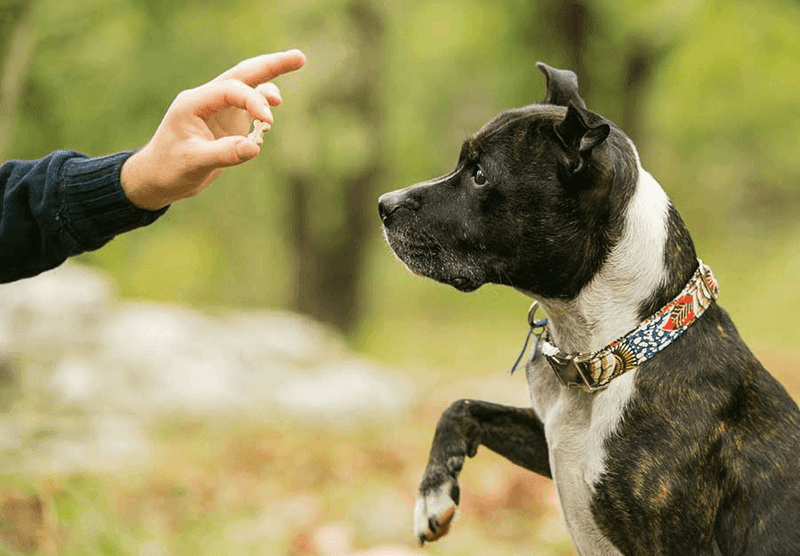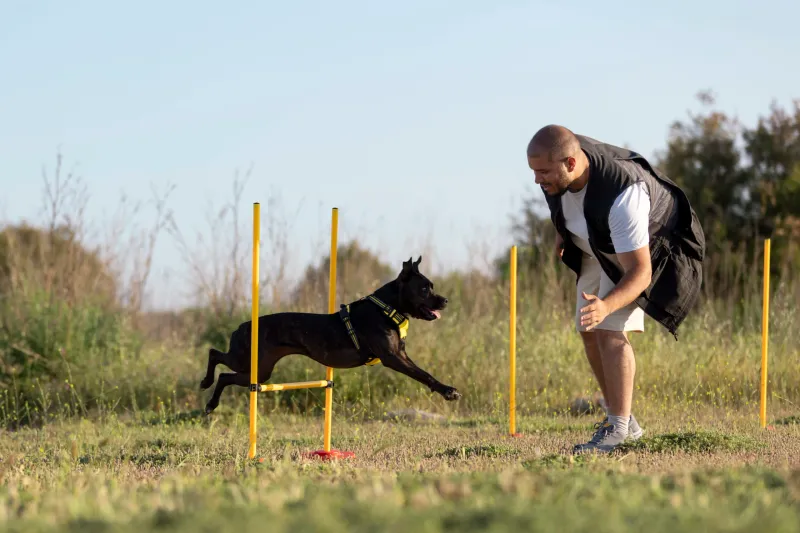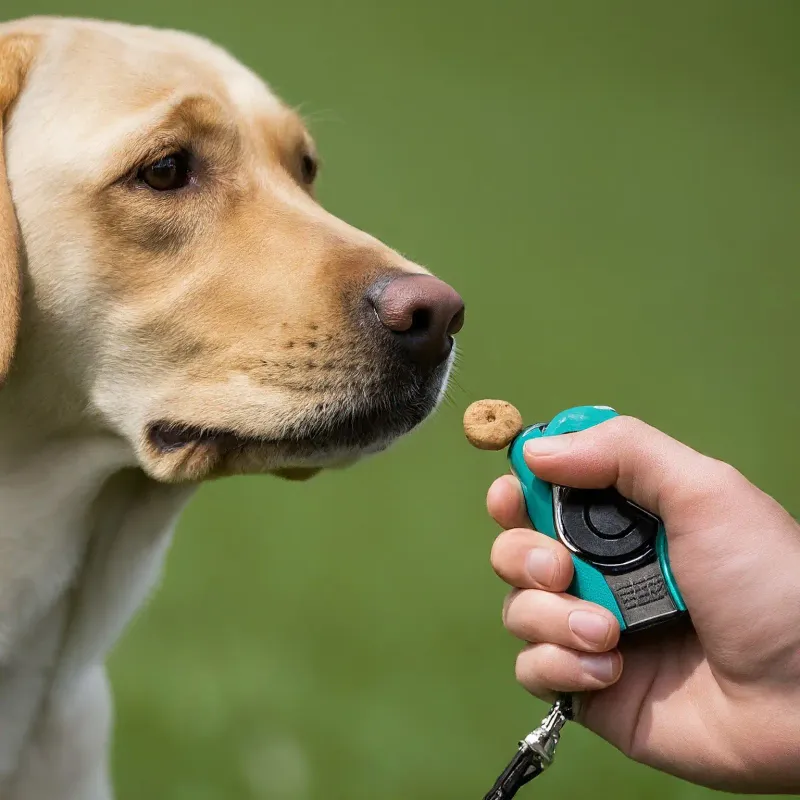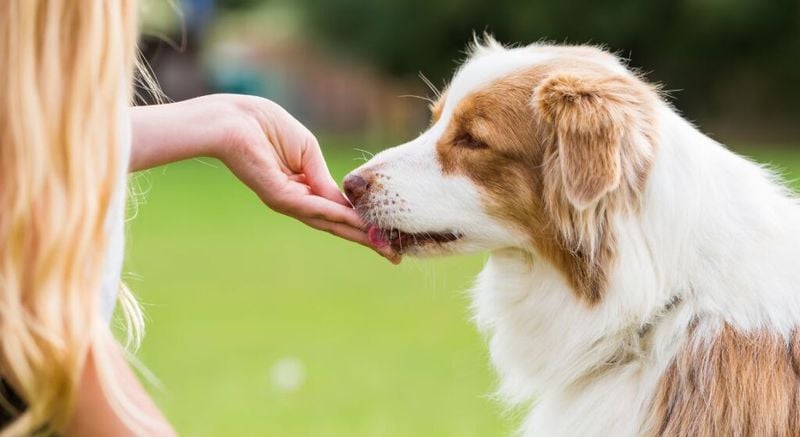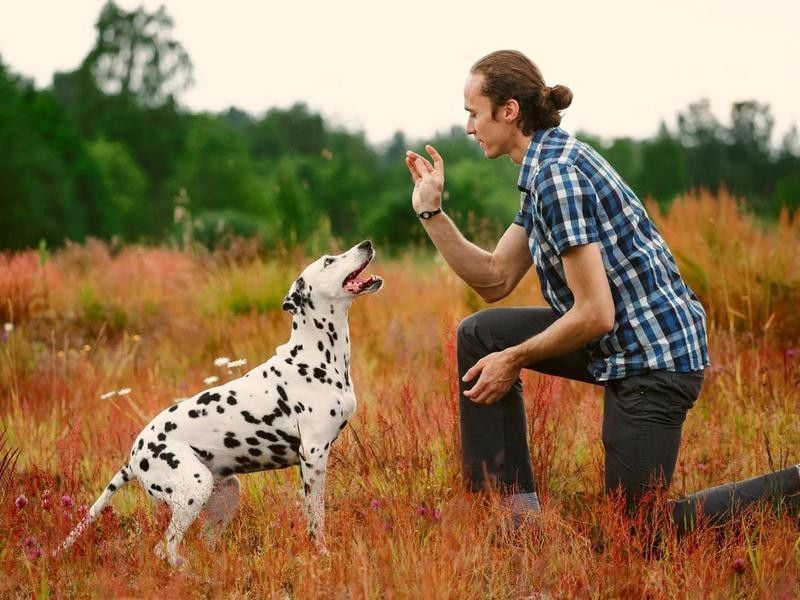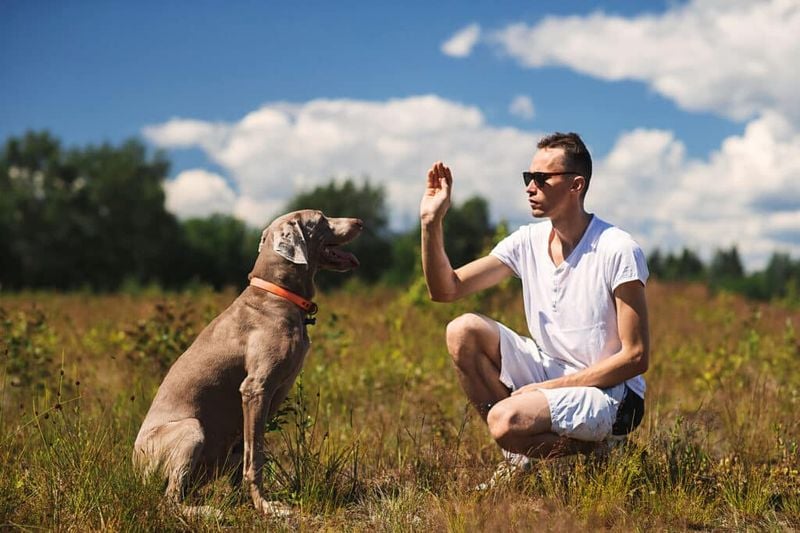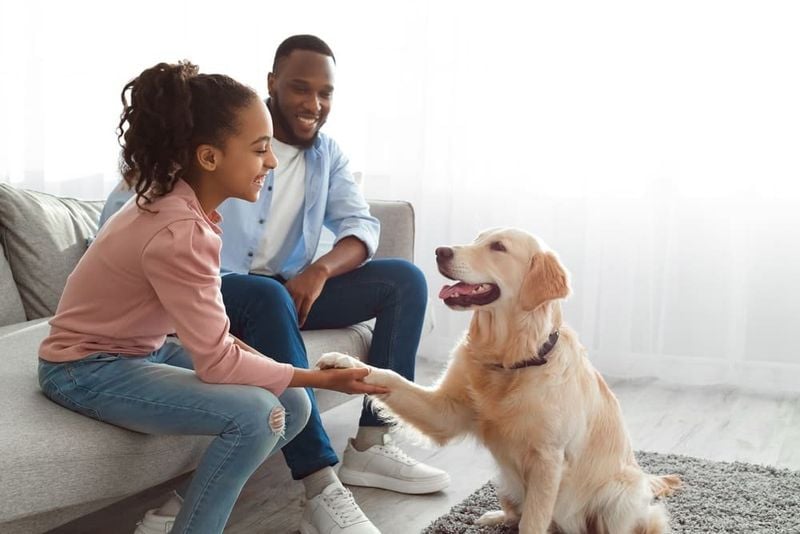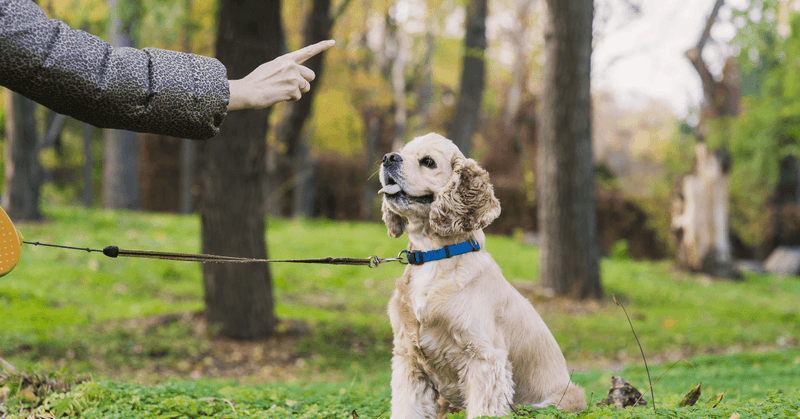10 Popular Dog Training Mistakes and 10 Tips That Actually Work
Training a dog isn’t just about teaching tricks—it’s about building a lifelong bond rooted in trust, communication, and understanding.
Whether you’re raising a brand-new puppy or trying to teach an old dog a few new behaviors, the training process can feel overwhelming.
And let’s be honest: between YouTube tutorials, advice from fellow dog owners, and an endless stream of online tips, it’s easy to get lost in the noise.
What many pet parents don’t realize is that even with the best intentions, some common training missteps can actually backfire.
A missed cue here or a frustrated correction there might seem minor in the moment, but over time, these little blunders can create confusion, stress, or even behavioral problems.
The good news? Most of these mistakes are totally avoidable—and once you spot them, they’re easy to fix.
In this guide, we’re diving into the 10 most popular dog training mistakes that pet parents make without even realizing it.
But we’re not stopping there. We’re also serving up 10 practical, research-backed tips that actually work—no gimmicks, no harsh methods, just positive, effective strategies that will help you and your pup thrive together.
Whether you’re struggling with leash pulling, poor recall, or a pup that thinks “sit” is optional, this article is your roadmap to smarter training.
Because at the end of the day, dog training isn’t about perfection—it’s about progress, patience, and a whole lot of treats. Let’s help you become the trainer your dog thinks you already are.
1. Inconsistency in Commands
Nothing confuses a dog faster than inconsistent language. If you say “down” one day and “lie down” the next, your dog is left guessing what you actually want. Dogs thrive on patterns and predictability.
That’s why using the same words—and tone—matters. Everyone in your household should agree on the command words and stick with them. The more consistent you are, the quicker your dog connects the dots.
Mixing up commands doesn’t just delay progress; it can completely derail your training. Imagine being told to “park,” “pull over,” and “stop” without any explanation—it’s chaos. Consistency creates clarity, and clarity breeds confidence.
A good rule of thumb? Pick your command, say it once, and follow through. Your dog isn’t being stubborn—they might just be trying to translate your ever-changing language.
2. Overusing Negative Reinforcement
Scolding, yelling, or punishing may seem like a quick fix when your dog misbehaves. But in the long run, it chips away at your dog’s trust and confidence. Instead of learning, they become anxious and hesitant.
Dogs don’t respond well to fear-based tactics. They might stop a behavior temporarily—but it’s usually out of fear, not understanding. That fear can also lead to avoidance or even aggression.
Positive reinforcement teaches your dog what to do, rather than just what not to do. It sets them up for success and builds a stronger bond between you. Harsh corrections can close that door.
So before you raise your voice, ask yourself: is my dog being disobedient—or just confused? Choose reward over reprimand whenever you can. It’s better for both of you.
3. Training Only When There’s a Problem
Waiting until your dog’s behavior is unbearable before training is like fixing a leaky roof during a storm. It’s too late. Training should be proactive, not reactive.
The earlier you start, the easier it is to shape positive habits. Even if your dog isn’t showing issues, daily practice keeps their skills sharp. Think of it like brushing your teeth—you don’t wait until you have cavities.
Only training during bad behavior also turns lessons into punishments. Your dog will begin associating training with stress or failure. That’s not a good learning environment.
Training should be part of your daily routine, not a last resort. You’ll be amazed how much easier it is to prevent problems than to fix them later. Be one step ahead.
4. Skipping Socialization
A well-behaved dog isn’t just trained—it’s socialized. That means being exposed to other dogs, people, environments, and noises. If your dog only knows your living room, the outside world can be overwhelming.
Poor socialization often leads to fear-based behavior. Barking at strangers, growling at other dogs, or panicking during car rides can all stem from limited exposure. Social skills are learned, not instinctual.
Puppyhood is the prime time for socialization, but older dogs can benefit too. Start slow and keep it positive. Take walks in different areas, let them meet new people, and visit dog-friendly spaces.
Think of it as teaching your dog how to navigate the world with confidence. A well-socialized pup isn’t just easier to train—they’re calmer, happier, and safer.
5. Expecting Immediate Results
Training a dog is not a one-and-done deal. It’s a gradual process that requires patience and consistency. Expecting overnight success only sets both you and your pup up for disappointment.
Some dogs catch on quickly; others take their time. That doesn’t mean they’re “dumb” or stubborn—they just learn differently. Comparing your dog to someone else’s will only add pressure.
Pushing for fast results can lead to skipping important steps. And when things fall apart, you’re back to square one. Dogs need time to practice and master skills in different settings.
Celebrate the small wins and stay consistent. The more you reinforce good behavior, the more natural it becomes. Training is a journey, not a sprint.
6. Training When You’re Frustrated
Dogs are emotional sponges—they can read your tone, your posture, even your energy. If you’re stressed, angry, or exhausted, your dog senses it. And that energy can derail your entire session.
Training while frustrated often leads to raised voices or unfair expectations. Your dog might shut down or act out, not because they’re being bad, but because they’re overwhelmed. And then things just spiral.
It’s better to skip training altogether than to do it while you’re tense. Wait until you’re calm and focused. Your dog learns best when you’re in a positive, encouraging mindset.
Remember: patience is the secret ingredient. Training isn’t just teaching your dog—it’s teaching you how to be clear, calm, and consistent. That starts with the right headspace.
7. Reinforcing Bad Behavior by Accident
You might not even notice you’re doing it—but dogs are great at spotting what gets your attention. Sometimes, what you think is discipline is actually a reward in disguise. Yep, even yelling counts.
Say your dog barks for attention and you respond by scolding or petting them. Congratulations—you just reinforced the behavior. They’ve learned that barking = interaction.
Even eye contact can be rewarding for some dogs. That’s why ignoring unwanted behavior can be surprisingly effective. Save the praise and treats for the behaviors you do want.
The trick is to reward calmness, patience, and obedience—not demand or drama. Be mindful of what you’re encouraging. Your dog is always watching and learning.
8. Inconsistent Rewards
One day you give a treat for “sit,” the next you don’t bother. Your dog isn’t sure if the behavior is worth repeating. Consistency isn’t just about commands—it’s about rewards, too.
Dogs thrive when they know what to expect. If the rules keep changing, they lose motivation and focus. Training turns into a guessing game instead of a clear roadmap.
That doesn’t mean you need to reward every time forever. But during the learning phase, consistency builds confidence. Once a behavior is solid, then you can gradually reduce the rewards.
Think of it like a paycheck. If you showed up for work but only got paid randomly, how long would you keep showing up? Exactly. Dogs feel the same.
9. Using Too Long or Complex Sessions
Dogs have short attention spans—especially puppies. A 30-minute training marathon might sound productive to you, but it’s mentally exhausting for them. And when dogs get bored, they stop learning.
Short, focused sessions are way more effective. Five to ten minutes of clear, positive training can go a long way. Spread it out throughout the day to reinforce learning naturally.
Cramming too much into one session also increases mistakes. That leads to frustration on both sides. End each session on a win to build confidence and keep them eager for next time.
Less is more when it comes to training. Quality always beats quantity. Your dog will stay more engaged—and so will you.
10. Not Adjusting to the Dog’s Personality
Every dog is different. What works for your neighbor’s golden retriever may not work for your rescue terrier. Tailoring your approach to your dog’s temperament is key.
Some dogs are eager to please, others are independent thinkers. A shy pup might need more gentle encouragement, while a bold one may need firmer boundaries. One-size-fits-all rarely works.
Training is more effective—and enjoyable—when it suits your dog’s needs. Pay attention to what motivates them: treats, toys, praise, or play. Use those preferences to your advantage.
Understanding your dog’s personality helps you communicate better. The result? Faster progress, fewer roadblocks, and a stronger bond. It’s not about being strict—it’s about being smart.
11. Be Consistent with Words and Cues
Dogs learn best when there’s no guesswork. Using the same command word, tone, and gesture every time makes your message crystal clear. It’s how your dog builds reliable associations.
“Sit” should always mean “sit,” not “sit down” or “take a seat.” Consistency across the household is just as important—everyone needs to be on the same page. Mixed signals will only slow progress.
Think of training like a language. If you’re fluent, your dog becomes fluent too. So keep it simple, repeatable, and exact. Clear communication is the foundation of great training.
12. Use Positive Reinforcement
Dogs are more likely to repeat behaviors that lead to good things. Treats, praise, and play are powerful motivators—they turn learning into a game. And dogs love to win.
Positive reinforcement builds trust and confidence. It tells your dog, “Yes! That’s exactly what I wanted.” Instead of punishing mistakes, you’re celebrating successes. That’s a much better learning experience.
Always reward right after the behavior so your dog makes the connection. Over time, they’ll start offering those good behaviors on their own. It’s training that feels like teamwork.
13. Keep Sessions Short and Sweet
Training isn’t a marathon—it’s a series of quick wins. Most dogs learn best in short, focused sessions of 5 to 10 minutes. It keeps them engaged and prevents burnout.
You can squeeze these micro-sessions into your daily routine—after meals, during commercial breaks, or right before a walk. Frequent practice leads to lasting habits.
Think of it like learning an instrument: daily practice beats cramming. Your dog stays interested, and you both stay motivated. Less stress, more success.
14. Practice in Different Settings
Dogs don’t automatically generalize behaviors. “Sit” in your kitchen doesn’t always mean “sit” at the park. That’s why training in multiple locations is so important.
Change up the environment once your dog is confident. Try it during walks, in the backyard, or even in front of a pet store. The goal is reliability anywhere, not just at home.
Each new setting adds distractions—which is a good thing. It strengthens your dog’s focus and helps proof the behavior. Real-world results start with real-world practice.
15. Reward Quickly
Timing is everything in dog training. If you wait too long to reward a behavior, your dog might not make the connection. That moment of clarity disappears fast.
Ideally, you should praise or give a treat within one or two seconds of the desired behavior. That’s when your dog’s brain is still in “learning mode.”
Quick rewards mean quicker understanding. It tells your dog, “What you just did—yes, that—was perfect.” The faster the feedback, the faster the results.
16. Use High-Value Treats
Not all treats are created equal. Kibble might work at home, but when distractions kick in, your dog needs something irresistible—like cheese, chicken, or freeze-dried liver.
High-value treats grab your dog’s attention and keep them motivated. Reserve them for new or challenging behaviors, especially in busy or distracting environments.
Think of them as the “gold star” of rewards. They show your dog that their effort really pays off. The better the treat, the stronger the focus.
17. End on a Positive Note
Always finish training sessions with a win. Ending on a successful, easy behavior—like “sit” or “shake”—leaves your dog feeling confident and eager for the next session.
If you wrap up after a frustrating attempt, your dog might feel confused or discouraged. That lingering emotion can carry over into future sessions.
So go out on a high note. Throw in a fun command, give lots of praise, and end with a treat or play. It turns training into something your dog actually looks forward to.
18. Teach One Behavior at a Time
Trying to teach five new tricks in one session is a recipe for chaos. Focus on one behavior at a time to give your dog the best chance at success.
Dogs learn better when lessons are clear and targeted. Once a behavior is mastered, you can layer in more commands. That’s how you build solid foundations.
Avoid the temptation to rush. Training is about progress, not speed. One well-learned behavior is more valuable than five half-learned ones.
19. Be Patient and Gentle
Your dog isn’t trying to give you a hard time—they’re just trying to understand what you want. Frustration only slows the process and damages trust.
Gentle corrections and calm redirection work far better than anger. Dogs are more likely to engage when they feel safe, not scared.
Take a breath, reset, and try again. Kindness fosters cooperation. And a dog that feels secure will always learn faster.
20. Make Training a Part of Everyday Life
Training doesn’t have to happen in “sessions” alone. Use real-life moments—mealtime, walks, playtime—to reinforce good behavior and practice commands.
Ask for a “sit” before feeding. “Stay” before opening the door. “Come” during a game of fetch. These tiny reinforcements add up quickly.
The more training feels natural and consistent, the more your dog learns without even realizing it. Life becomes the classroom—and you become the favorite teacher.

